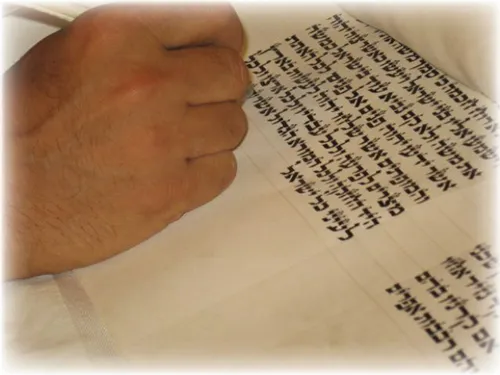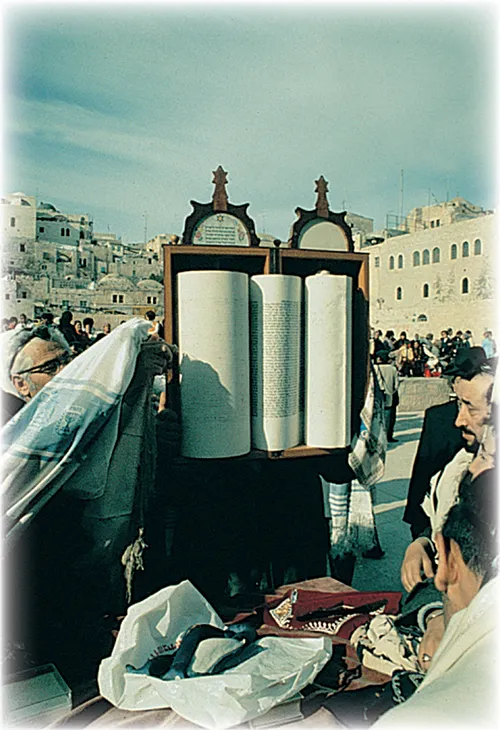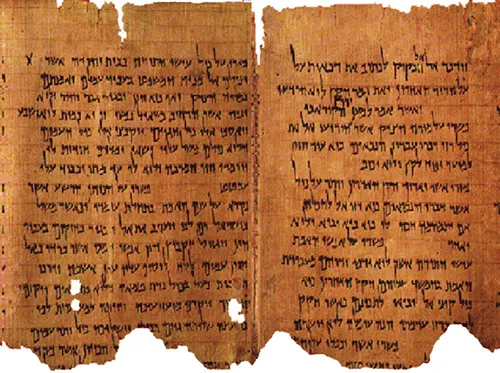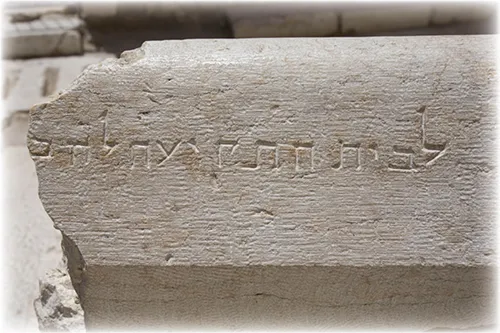| Chapter 1 How We Got
the Bible |
The Bible is a collection of sixty-six books that are recognized by the Christian church as divinely inspired. They are divided into the Old Testament (39 books) and the New Testament (27 books). Collectively these books included law, history, poetry, wisdom, prophecy, narratives, biographies, personal letters, and apocalyptic visions. They introduce us to some of the most amazing people who have ever lived: shepherds, farmers, patriarchs, kings, queens, prophets, priests, evangelists, disciples, teachers, and most of all—the most unique person who ever lived—Jesus of Nazareth.
How We Got the Old Testament
God revealed His Word to ancient Israel over a thousand-year period (c. 1400–400 BC), and then scribes copied the biblical scrolls and manuscripts for more than a millennium after that. The process by which the Old Testament books came to be recognized as the Word of God, and the history of how these books were preserved and handed down through the generations, enhances our confidence in the credibility of the Old Testament as inspired Scripture (2 Tim 3:16).1
What Books Belong in the Old Testament?
The canon of Scripture refers to the list of books recognized as divinely inspired and authoritative for faith and practice. Our word canon is derived from the Hebrew qaneh and the Greek kanon, meaning a “reed” or a “measuring stick.” The term came to mean the standard by which a written work was measured for inclusion in a certain body of literature. The books of the Bible are not inspired because humans gave them canonical status. Rather, the books were recognized as canonical by humans because they were inspired by God. As Wegner explains, the books of the Old Testament “did not receive their authority because they were placed in the canon; rather they were recognized by the nation of Israel as having divine authority and were therefore included in the canon.”2
The order and arrangement of the Hebrew canon is different from that of our English Bibles. The Hebrew canon consists of three major sections, the Law (Torah), the Prophets (Nevi’im), and the Writings (Kethuvim). Collectively they are referred to as the Tanak (an acronym built on the first letters of these three divisions—TNK).
Jewish rabbi copying Hebrew Scripture.
The Septuagint (LXX), the Greek translation of the Old Testament, first employed the fourfold division of the Old Testament into Pentateuch, Historical Books, Poetical Books, and Prophetic Books that is used in the English Bible. The inclusion of historical books within the prophetic section of the Hebrew canon reflects their authorship by the prophets. Daniel appears in the Writings rather than the Prophets because Daniel was not called to the office of prophet even though he functioned as a prophet from time to time. Chronicles at the end of the canon provides a summary of the entire Old Testament story from Adam to Israel’s return from exile though it was written from a priestly perspective.3
How Were the Old Testament Books Selected?
When Moses came down from Mount Sinai with the Commandments God gave him, the people of Israel immediately recognized their divine authority and promised to obey them as the words of the Lord (Exod 24:3–8). The writings of Moses were stored at the central sanctuary because of their special status as inspired Scripture (Exod 25:16, 21; Deut 10:1–2; 31:24–26). In Deut 18:15–22, the Lord promised to raise up a prophet “like Moses” to speak His word for subsequent generations. Thus, pronouncements of these messengers of God would also be recognized as possessing divine authority.
A Torah scroll being held in its wooden case at a celebration in Jerusalem.
When Was the Process Completed?
Jewish tradition affirmed that prophecy ceased in Israel about 400 BC after the ministry of Malachi. First Maccabees 9:27 states, “So there was great distress in Israel, such as had not been since the time that the prophets ceased to appear among them.” Baruch 85:3 makes a similar claim, and the Jewish Talmud states that the Holy Spirit departed from Israel after the prophets Haggai, Zechariah, and Malachi in the early postexilic period. Some questions remained regarding some of the “writings” that were already included in Scripture (e.g., Esther) even at the Council of Jamnia in AD 90.4 However, the evidence suggests that the Hebrew canon was essentially completed and fixed by 300 BC. All of the canonical books of the Old Testament, except for Esther, appear among the copies of the Dead Sea Scrolls (250 BC–AD 70).5
How Does the New Testament View the Old Testament?
Jesus and the apostles accepted the inspiration of the Old Testament Scriptures and often referred to or quoted them as authoritative. According to Jesus, the words written by the human authors of Scripture were the “command of God” and “God’s word” (Mark 7:8–13; cf. Matt 19:4–5). As God’s Word every part of the Old Testament would be accomplished and fulfilled (Matt 5:17–18; 26:54, 56; Luke 24:27, 44; John 7:38), and nothing it predicted could be voided or annulled (Luke 16:17; John 10:35). Jesus described the Old Testament canon as extending from Genesis to Chronicles when speaking of the murders of Abel and the prophet Zechariah in Matthew 23:34–35 and Luke 11:49–51 (cf. Gen 4:8 and 2 Chr 24:20–22).
How Reliable Are the Old Testament Documents?
Though the earliest parts of the Old Testament were written about 1400 BC, the earliest existing Hebrew manuscripts for the Old Testament are the more than 200 biblical manuscripts found at Qumran among the Dead Sea Scrolls, dating from roughly 250 BC to AD 70. Prior to the discovery of the Dead Sea Scrolls in 1947, the earliest extant Hebrew manuscripts of the Old Testament dated 800–1000 years after the time of Christ. The earliest complete copy of the Old Testament is Codex Leningrad, dating to near AD 1000.
Despite these significant chronological gaps between the original manuscripts and the earliest documents, one can have confidence that the original message of the Hebrew Bible was faithfully preserved throughout its long and complicated transmission process.
Scribal practices in the ancient Near East demonstrate the care and precision taken by members of that craft in copying important political and religious texts. Israelite scribes who had a special reverence for the Scriptures as the Word of God were careful when copying the biblical manuscripts.
A fragment from the Dead Sea Scrolls.
As the earliest existing Hebrew manuscripts, the Dead Sea Scrolls are an important witness to the textual integrity of the OT. Many of the biblical scrolls found at Qumran reflect a text that closely resembles the later Masoretic Text (MT), the textual tradition represented in the Hebrew Bible today. The close similarity of the Isaiah Scroll (1QIsab) found at Qumran to later Masoretic manuscripts of Isaiah reflects how carefully the scribes copied the text.
After the close of the OT canon (c. 300 BC) and the standardization of the Hebrew text (first century AD), meticulous and careful scribal practices ensured that the received text of the OT was handed down unchanged. A special group of scribes called the Masoretes (AD 500–1000) played a vital role in the transmission and preservation of the OT text. The Masoretes also meticulously counted the letters, words, and verses in the text. For example, the final Masorah at the end of Deuteronomy notes that there are 400,945 letters and 97,856 words in the Torah and that the middle word in the Torah is found in Leviticus 10:16.
The Hebrew text on this collapsed stone from the trumpeting place in Jerusalem reads, “to the place of trumpeting to . . . .” This stone probably marked the place where a trumpeter announced the beginning and end of the Sabbath every week.
The Gezer Calendar is believed to be one of the oldest Hebrew inscriptions found to date. The inscription is on a limestone tablet and dates from 925 BC.
The study of textual criticism is the science that enables scholars to determine and establish the most plausi...







